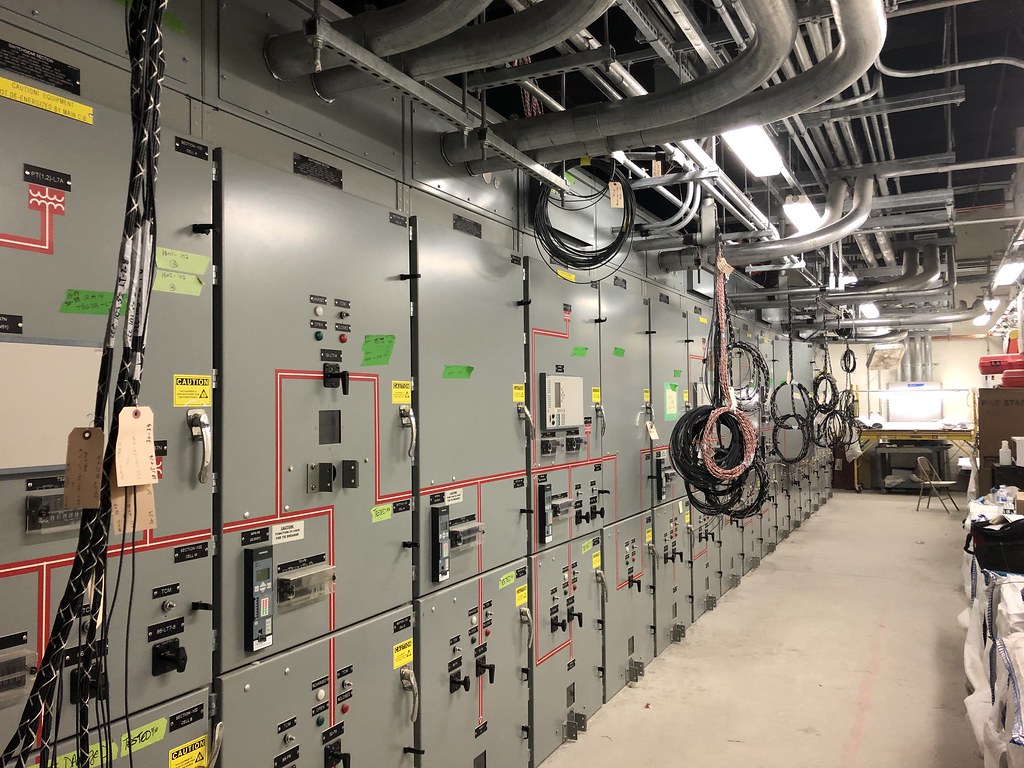Electricians are the backbone of our modern world, ensuring that homes, businesses, and industries stay powered and functional. However, the nature of their work exposes them to inherent risks associated with electricity. Prioritizing electrical safety is not just a personal responsibility but a commitment to protecting both oneself and the clients served. In this comprehensive guide, we will explore essential electrical safety tips for every electrician, emphasizing the importance of a secure work environment for both professionals and clients.
1. Gear Up: Personal Protective Equipment (PPE)
Introduction: Personal Protective Equipment (PPE) serves as the first line of defense against electrical hazards. This section underscores the importance of wearing the right gear to protect both electricians and their clients this guide on troubleshooting electrical issues in Petaling Jaya homes.
Invest in Quality PPE: Electricians should invest in insulated gloves, safety glasses, hard hats, and flame-resistant clothing. Quality PPE not only shields the electrician but also instills confidence in clients that safety is a top priority.
2. Knowledge is Power: Comprehensive Training and Education
Foundations of Electrical Safety: Comprehensive training programs form the foundation of electrical safety. This section emphasizes the significance of a well-rounded education covering the principles of electrical systems, safety protocols, and emergency procedures.
Continuous Learning: Electricians should engage in ongoing education to stay updated on the latest safety standards and technological advancements. A knowledgeable electrician is better equipped to protect both themselves and their clients.
3. Risk Assessment: Identifying and Mitigating Hazards
Proactive Planning: Before initiating any electrical task, a thorough risk assessment is crucial. This section delves into the importance of identifying potential hazards, evaluating risks, and developing a comprehensive plan to mitigate them.
Client Communication: Sharing risk assessment information with clients fosters transparency and trust. Clients appreciate being informed about potential risks associated with electrical work, demonstrating the electrician’s commitment to their safety.
4. Lockout/Tagout Procedures: Ensuring Zero Energy Release
Importance of Lockout/Tagout: This section underscores the critical nature of lockout/tagout procedures in preventing the release of electrical energy during maintenance or repair work.
Client Reassurance: Clients should be informed about lockout/tagout procedures to reassure them that all necessary precautions are taken to prevent accidents. This not only safeguards the electrician but also instills confidence in the client.
5. Regular Equipment Inspection and Maintenance
Preventive Measures: Faulty equipment poses risks to both electricians and clients. Regular inspection of tools and equipment before use is crucial, as discussed in this section.
Client Satisfaction: Clients benefit from an electrician who prioritizes preventive maintenance. An electrician who ensures the reliability of their tools contributes to a smooth and efficient service, enhancing client satisfaction.
6. Safe Ladder Practices: Ensuring Client Safety During Heights Work
Commonality of Heights Work: Working at heights is a common aspect of electrical work. This section explores safe ladder practices and their role in ensuring client safety.
Client Assurance: When clients see an electrician prioritizing safe practices at heights, it instills confidence in the professionalism and commitment to safety. Client assurance is not just about the completed task but also the manner in which it is executed.
7. Electrical Hazard Awareness: Keeping Clients Informed
Educating Clients: This section emphasizes the importance of electricians being vigilant about potential electrical hazards and educating clients on recognizing signs such as overheating, unusual odors, or sparking.
Client Empowerment: Informed clients are empowered clients. By educating clients about potential hazards, electricians contribute to a safer living or working environment, fostering a sense of security.
8. Emergency Response Planning: Assuring Clients During Crisis
Importance of Preparedness: Despite precautions, emergencies can happen. This section highlights the necessity of a well-defined emergency response plan, including protocols for dealing with electrical shocks, fires, and unexpected incidents.
Client Reassurance: Informing clients about emergency response plans reassures them that the electrician is prepared for unforeseen circumstances. This transparency builds trust and underscores the commitment to client safety.
9. Communication and Teamwork: Creating a Safe Environment
Open Lines of Communication: Effective communication is pivotal for ensuring safety on the job site. This section discusses the importance of clear communication of plans, risks, and procedures with team members.
Client Inclusion: Including clients in communication about safety measures fosters a collaborative atmosphere. When clients feel part of the safety process, they appreciate the commitment to their well-being.
10. Mental Health and Well-being: A Holistic Approach
Recognizing the Toll on Mental Health: The demanding nature of the job can affect an electrician’s mental health. This section emphasizes the importance of recognizing stressors like long hours and tight deadlines.
Client-Facing Resilience: Clients benefit from an electrician who prioritizes mental health. A resilient electrician who takes care of their well-being is better equipped to handle challenges, ensuring a positive client interaction.
In conclusion, electrical safety is a shared responsibility that electricians carry not only for themselves but also for their clients. By implementing these essential safety tips into their work practices, electricians can create an environment where efficiency and client safety go hand in hand. Remember, a secure work environment not only protects the electrician but also contributes to building trust and lasting relationships with clients.

